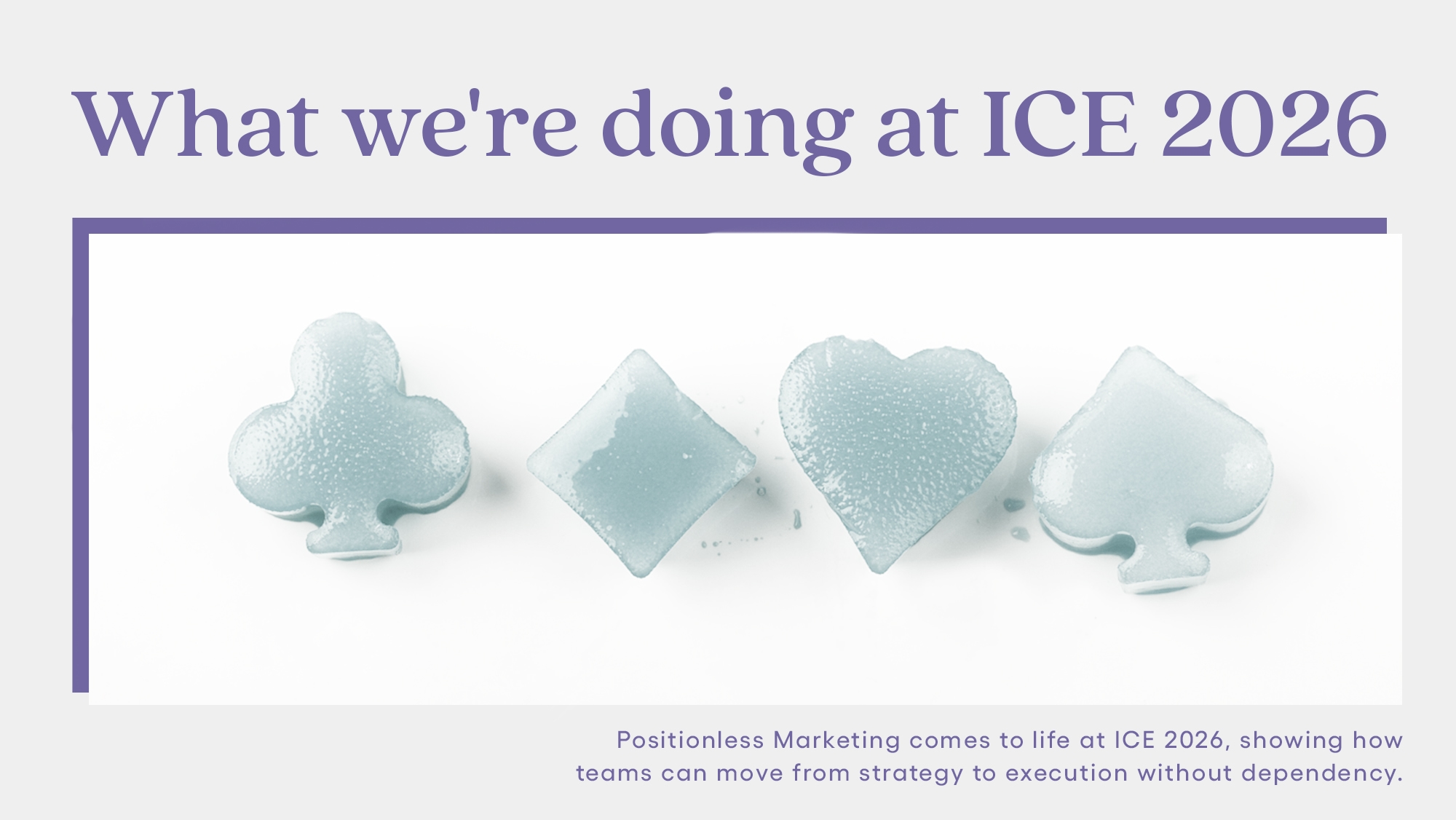
AI and the Retail Marketer’s Future
How AI transforms strategy and processes, driving the adoption of Positionless Marketing
Forrester: Optimove’s Total Economic Impact
Why it matters:
This blog post explores the intricate realm of marketing attribution, focusing on various models, the impact of AI and machine learning, and the necessity of data-driven practices. It emphasizes the need for continuous testing, integration of data sources, and optimization of touchpoints, providing marketers with valuable insights to enhance their strategies and achieve meaningful results in today’s dynamic digital landscape.

Key takeaways:
In the first blog of this 3-part series about “attribution in the age of (almost) too much data,” we covered a lot of the basics – the things you must know before embarking on the journey of building the best marketing attribution model for your business.
Today, naturally, we will take things forward, and look into the different attribution models, types, methods, approaches – including the one we think is superior, what it requires, and the role of AI in all of this.
When it comes to marketing attribution, there are different types and approaches to assigning credit to touchpoints in the customer journey. Let’s explore them:
So, which model is the right one for you? When choosing an attribution model, consider these key questions:
However you answer these questions, they will carry as merit only in correlation to how deeply you understand your customer journey, which is achievable only by mapping touchpoints and interactions. We believe this last part, is a task for AI.
Anyhow, analyzing customer engagement across channels and platforms is a must when looking to build the best possible marketing attribution model. While first-touch or position-based models may suit customer acquisition, multitouch models offer insights for retention and lifetime value.
At Optimove, we advocate for multitouch attribution model – as it provides an accurate and comprehensive understanding of touchpoint influence. Selecting the right model and embracing Optimove’s approach unlocks the full potential of your marketing efforts, driving measurable results.
By doing so you can leverage Optimove’s advanced technology and AI-powered platform for continuous optimization and data-driven decision-making. This will enable you to stay adaptable and evolve your attribution strategy as customer behavior and marketing landscapes evolve.
Generally speaking, though, multi-touch marketing attribution provides a comprehensive understanding of the customer journey, accurately assessing the contribution of each touchpoint to conversions. Its benefits include:
Multi-touch attribution assigns credit to multiple touchpoints, acknowledging their collective impact on customer decision-making. It accurately represents how marketing efforts work together to drive conversions.
Advanced techniques involve leveraging machine learning algorithms and conducting A/B testing – as machine learning algorithms analyze historical data, customer behavior patterns, and conversions to determine optimal weightings for touchpoints. And A/B testing and control groups measure the incremental impact of specific touchpoints or campaigns, refining attribution strategies.
By adopting the approach and tools that allow for such accurate multi-touch attribution model, and utilizing advanced techniques for assigning attribution weights, you will gain deeper insights into the customer journey, optimize marketing efforts, and make data-driven decisions for impactful campaigns.
Machine learning algorithms improve attribution accuracy by analyzing vast data, identifying patterns, and uncovering touchpoint-conversion relationships. Marketers can gain a deeper understanding of touchpoint impact and make informed attribution decisions.
AI-powered tools can also automate attribution analysis and optimization. These systems continuously analyze customer data, track touchpoints, and dynamically adjust attribution models in real-time. Automation saves time and ensures marketers work with up-to-date information.
Advanced analytics techniques enhance attribution analysis, including predictive modeling, data visualization, and statistical analysis. These techniques uncover insights, identify trends, and optimize campaigns for maximum impact.
To drive revenue growth using advanced attribution techniques, you should:
This will enable you to adapt attribution strategies to changing customer behaviors, emerging channels, and market dynamics. Machine learning and AI facilitate agility by continuously analyzing and adapting to these changes.
By harnessing the power of machine learning, AI, and advanced analytics, marketers gain a competitive edge in attribution analysis. These technologies provide accurate insights into customer behaviors, optimizing marketing strategies for revenue growth.
Choosing the right marketing attribution model is crucial in the complex world of marketing. Advanced technologies like AI and machine learning have revolutionized attribution, making AI-powered multitouch attribution the superior choice. By leveraging these technologies, marketers enhance accuracy, automate analysis, and gain deeper insights into customer behavior.
AI-powered multitouch attribution provides a holistic view of the customer journey and enables data-driven decision-making. With AI as a guide, marketers can optimize campaigns, allocate resources effectively, and drive revenue growth.
In today’s data-driven landscape, the right attribution model, supported by technology and AI, is essential for marketers to thrive. By embracing AI-powered multitouch attribution, marketers unlock the full potential of their marketing efforts and achieve meaningful results in a rapidly evolving digital landscape.
Forrester: Optimove’s Total Economic Impact
The Forrester Total Economic Impact™ Study shows that Optimove’s Positionless Marketing Platform drives an 88% boost in campaign efficiency.


Rob Wyse is Senior Director of Communications at Optimove. As a communications consultant, he has been influential in changing public opinion and policy to drive market opportunity. Example issues he has worked on include climate change, healthcare reform, homeland security, cloud transformation, AI, and other timely issues.


